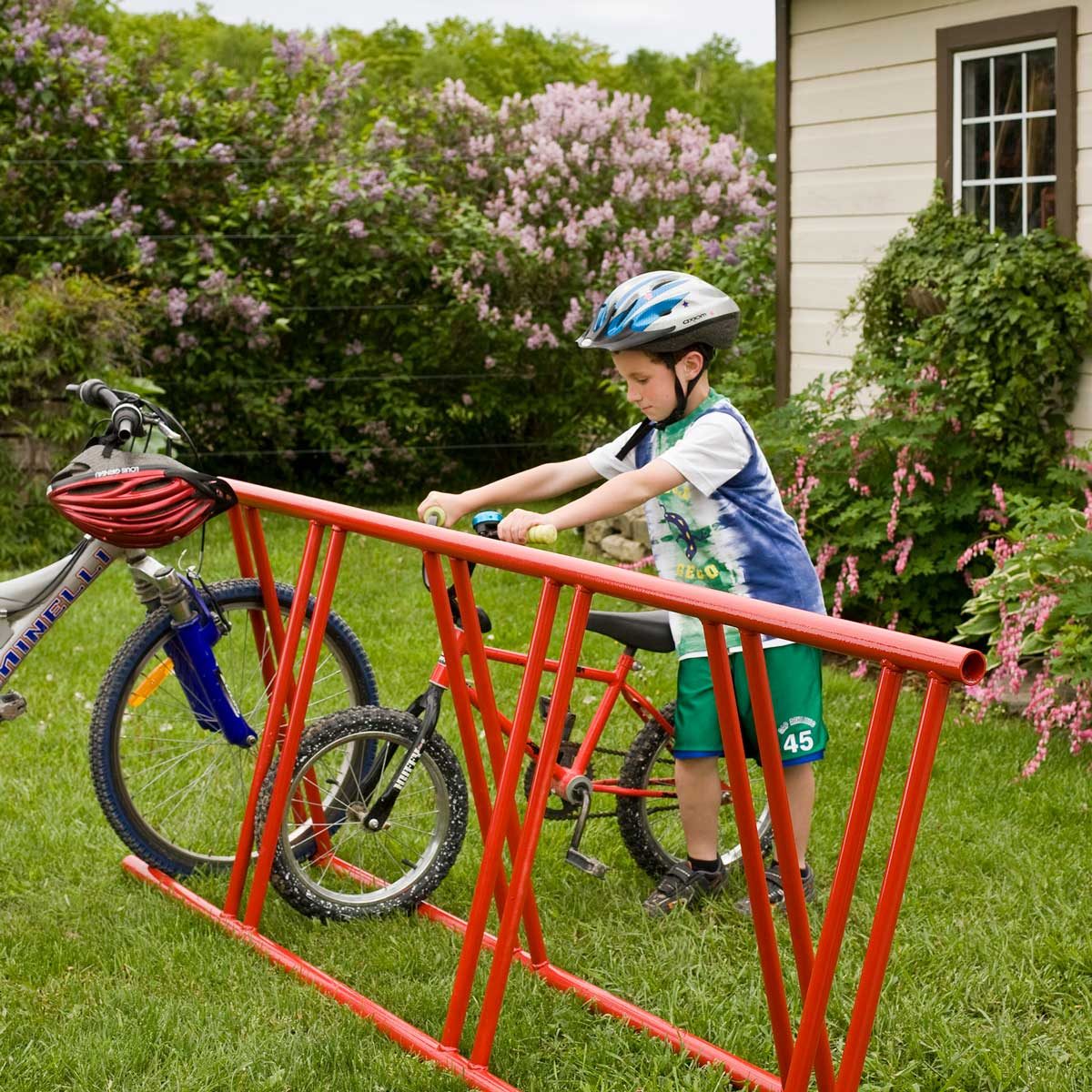

Articles
How To Store Bike Rack
Modified: January 20, 2024
Learn the best methods for storing your bike rack with these helpful articles. From indoor storage solutions to outdoor options, find the perfect way to keep your bike rack safe and secure.
(Many of the links in this article redirect to a specific reviewed product. Your purchase of these products through affiliate links helps to generate commission for Storables.com, at no extra cost. Learn more)
Introduction
When it comes to owning a bike, finding the right storage solution is essential to keep your investment safe and secure. Whether you use your bike for commuting, exercise, or leisurely rides, having a proper bike rack can make a world of difference in maintaining its longevity and functionality.
In this article, we will explore the various options available for storing a bike rack. From choosing the right rack to considering safety concerns, we’ll cover everything you need to know to keep your bike organized and protected.
So, let’s dive in and discover the best ways to store your bike rack and ensure its durability.
Key Takeaways:
- Choosing the right bike rack is crucial. Consider factors like bike type, mounting style, capacity, security features, and ease of use. Prioritize safety and maintenance for long-term bike storage success.
- Indoor and outdoor storage options offer convenience and security. From wall-mounted racks to bike shelters, prioritize safety, weather protection, and regular maintenance to ensure your bike rack’s longevity and optimal performance.
Read more: How To Store Bike Rack In Garage
Choosing the Right Bike Rack
When it comes to selecting a bike rack, there are several factors to consider. Here are some key points to keep in mind:
- Type of Bike: Consider the type of bike you own. Different racks are designed to accommodate specific bike styles, such as road bikes, mountain bikes, or fat bikes.
- Mounting Style: Determine the type of mounting style that best suits your needs. Common options include roof-mounted racks, hitch-mounted racks, trunk-mounted racks, and wall-mounted racks.
- Capacity: Estimate the number of bikes you need to store and choose a rack with adequate capacity. Some racks can hold multiple bikes, while others are designed for solo bikes.
- Security Features: Look for racks with built-in security features, such as locks and anti-theft mechanisms, to protect your bike from theft.
- Ease of Use: Consider how easy it is to load and unload your bike onto the rack. Look for features like adjustable straps, quick-release mechanisms, and user-friendly design.
By considering these factors, you can narrow down your options and choose a bike rack that suits your specific needs and preferences. Remember to read reviews and seek recommendations from fellow cyclists to ensure you make an informed decision.
Safety Considerations
When storing your bike rack, it’s important to prioritize safety to prevent accidents and damage to your bike or property. Here are some safety considerations to keep in mind:
- Stability: Ensure that your bike rack is stable and securely mounted. Loose or unstable racks can lead to the bike falling or tipping over, causing potential injury or damage.
- Weight Distribution: Properly distribute the weight of your bikes on the rack to maintain balance. Avoid placing too much weight on one side, as this can affect the stability and handling of the rack.
- Clearance: Leave enough clearance around the bike rack to prevent accidental impacts and damage to the bike or surrounding objects. Make sure there is ample space for people to walk and navigate around the rack safely.
- Visibility: If storing your bike rack outdoors, ensure it is easily visible to drivers and pedestrians. Use reflective materials or attach lighting accessories to improve visibility, especially during low-light conditions.
- Locking Mechanisms: Use a secure locking mechanism to prevent theft. Lock your bike to the rack using a sturdy lock, and consider investing in additional security measures, such as motion sensors or surveillance cameras.
- Maintenance: Regularly inspect your bike rack for any signs of wear or damage. Replace any worn-out parts or components to maintain optimal safety and functionality.
By adhering to these safety considerations, you can ensure the well-being of both your bike and those around it. Taking the necessary precautions will give you peace of mind and make the storage experience hassle-free.
Indoor Bike Rack Storage Options
Storing your bike rack indoors not only protects it from the elements but also keeps it secure and easily accessible. Here are some popular indoor bike rack storage options:
- Wall-Mounted Racks: Wall-mounted bike racks are a space-saving solution that keeps your bikes vertically mounted on the wall. These racks are typically mounted with brackets and provide a clean and organized look to your space.
- Ceiling Hoists: If you have limited floor space, ceiling hoists are a great option. These pulley-based systems allow you to lift your bike and suspend it from the ceiling, keeping it out of the way when not in use.
- Freestanding Racks: Freestanding bike racks are versatile and easy to set up. They can be placed anywhere in your home or garage and can accommodate multiple bikes. Look for racks with adjustable arms or hooks to accommodate different bike sizes.
- Bike Stands: Bike stands are a simple and affordable option for indoor bike storage. These stands hold your bike upright, allowing it to stand independently without leaning against a wall. They are compact and can be easily moved as needed.
- Bike Storage Cabinets or Sheds: For those looking for more secure and enclosed storage, bike storage cabinets or sheds are excellent options. These cabinets or sheds provide protection from dust, dirt, and potential theft.
When choosing an indoor storage option, consider factors such as available space, accessibility, and ease of installation. Additionally, ensure that the chosen storage solution does not cause damage to your walls or floor.
By utilizing these indoor bike rack storage options, you can keep your bikes safe, organized, and readily accessible when you need them.
When storing a bike rack, make sure to clean and dry it thoroughly to prevent rust. Store it in a dry, cool place to prolong its lifespan and keep it in good condition for future use.
Outdoor Bike Rack Storage Options
Storing your bike rack outdoors requires additional considerations to protect your bikes from the elements and ensure their security. Here are some popular outdoor bike rack storage options:
- Bike Shelters: Bike shelters provide a dedicated space for storing multiple bikes. These shelters come in various sizes and can be installed in your backyard, parking lot, or community area. They offer protection from rain, sun, and theft.
- Bike Covers: If you don’t have the space or budget for a bike shelter, consider using a bike cover. These covers are designed to protect your bike from rain, UV rays, and dust. Look for covers made from waterproof and durable materials.
- Bicycle Lockers: Bicycle lockers provide a secure storage option, particularly in high-density urban areas. These lockers are usually made of metal and provide individual compartments to store bikes. They offer protection from theft, vandalism, and harsh weather conditions.
- Ground Anchors: To enhance the security of your bike rack, consider installing ground anchors. These anchors are buried in the ground and allow you to lock your bike rack to a fixed point, preventing thieves from easily removing the rack.
- Bike Racks with Built-In Locking Mechanisms: Opt for bike racks that have built-in locking mechanisms or the option to attach a lock. These racks provide added security, allowing you to lock your bike frame and wheels to the rack itself.
When choosing an outdoor storage option, consider factors such as the climate in your area, available space, and the level of security required. It’s also important to regularly inspect and maintain your outdoor bike rack, especially if it is exposed to harsh weather conditions.
By utilizing these outdoor bike rack storage options, you can protect your bikes from the elements and deter potential thieves, ensuring that your bikes remain secure and in good condition.
Read more: How To Store Bikes
Maintenance Tips for Bike Racks
Maintaining your bike rack is essential for its longevity and optimal performance. Here are some maintenance tips to keep your bike rack in top shape:
- Clean Regularly: Clean your bike rack regularly to remove dirt, debris, and grime. Use a mild soap and water solution, along with a soft brush or cloth, to clean all the surfaces of the rack. Rinse thoroughly and dry completely before storing your bike.
- Inspect for Damage: Regularly inspect your bike rack for any signs of wear, damage, or loose parts. Check the straps, hooks, and mounting mechanisms to ensure they are secure and in good condition. Replace any damaged or worn-out components promptly.
- Lubricate Moving Parts: Lubricate the moving parts of your bike rack, such as hinges and pivots, to ensure smooth operation. Use a lubricant specifically designed for bicycles, applying it sparingly to avoid attracting dirt and debris.
- Check Security Features: If your bike rack has built-in security features, such as locks or anti-theft mechanisms, regularly test them to ensure they are functioning correctly. Lubricate locks with a graphite-based lubricant to prevent rust and ensure smooth operation.
- Store Properly: When not in use, store your bike rack in a clean and dry space. If storing it outdoors, use a bike cover or shelter to protect it from the elements. Avoid exposing the rack to extreme temperatures or direct sunlight for extended periods.
- Follow Instructions: Always follow the manufacturer’s instructions for assembly, installation, and maintenance of your bike rack. Each rack may have specific requirements and recommendations, so it’s important to familiarize yourself with them.
By following these maintenance tips, you can ensure that your bike rack remains in optimal condition, prolonging its lifespan and ensuring its reliable performance whenever you need to store your bikes.
Conclusion
Choosing the right storage solution for your bike rack is crucial for maintaining the safety and longevity of your bikes. Whether you opt for an indoor or outdoor storage option, it’s essential to consider factors such as bike type, storage capacity, security features, and ease of use.
Indoor bike rack storage options, such as wall-mounted racks, ceiling hoists, freestanding racks, bike stands, and bike storage cabinets or sheds, offer convenience and protection from the elements. These options ensure that your bikes are organized, accessible, and safe within your home or garage.
Outdoor bike rack storage options, such as bike shelters, bike covers, bicycle lockers, and ground anchors, provide additional security and protection against weather conditions and theft. These options are particularly beneficial for those with limited indoor space or living in urban areas.
Regardless of the storage option you choose, it’s essential to prioritize safety by ensuring stability, weight distribution, visibility, and the use of locking mechanisms. Regular maintenance, including cleaning, inspections, lubrication, and proper storage techniques, will help prolong the lifespan of your bike rack and ensure its optimal performance.
Remember to always follow the manufacturer’s instructions for assembly, installation, and maintenance of your bike rack to ensure its proper usage.
By taking the time to choose the right bike rack storage solution and implementing proper maintenance practices, you can enjoy the convenience, security, and longevity of your bike rack for years to come.
So go ahead, invest in a quality bike rack and give your bike the storage it deserves!
Frequently Asked Questions about How To Store Bike Rack
Was this page helpful?
At Storables.com, we guarantee accurate and reliable information. Our content, validated by Expert Board Contributors, is crafted following stringent Editorial Policies. We're committed to providing you with well-researched, expert-backed insights for all your informational needs.
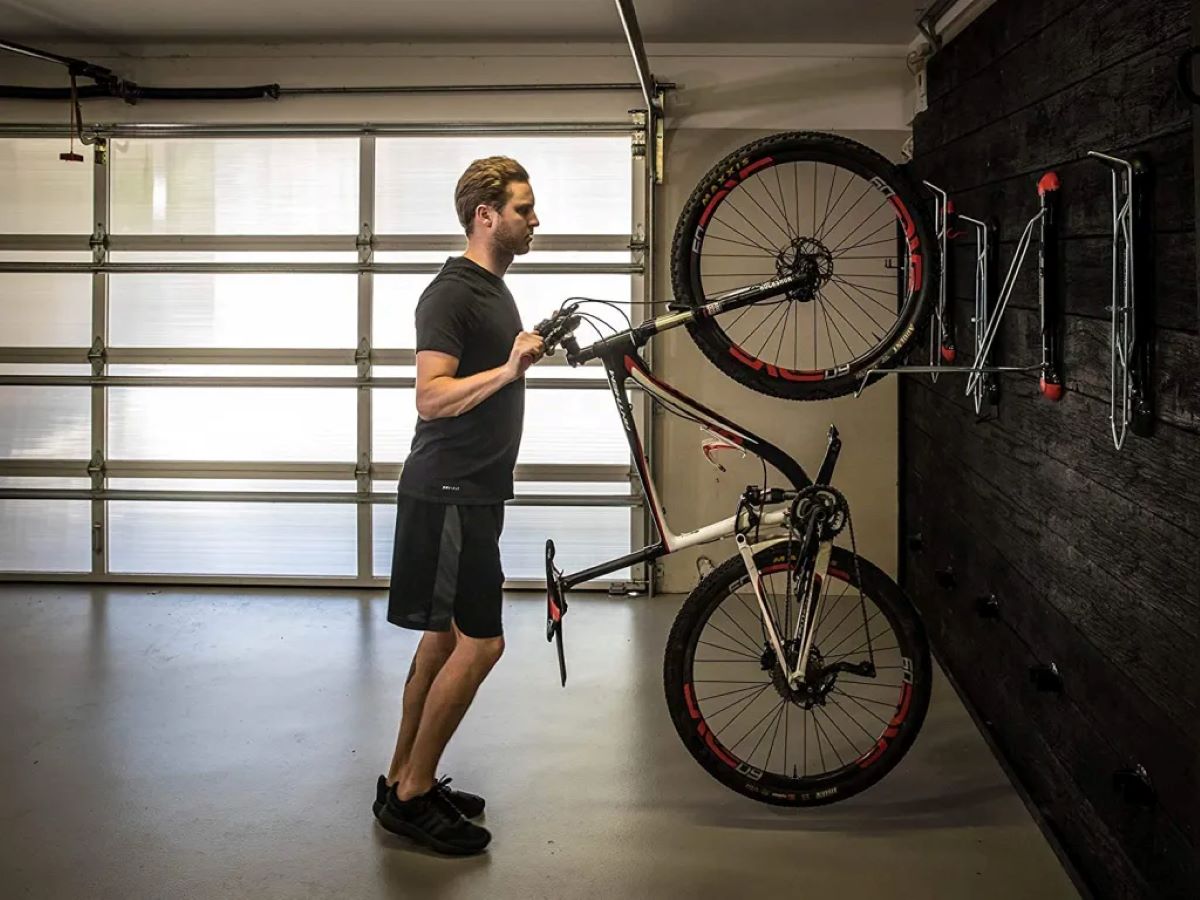

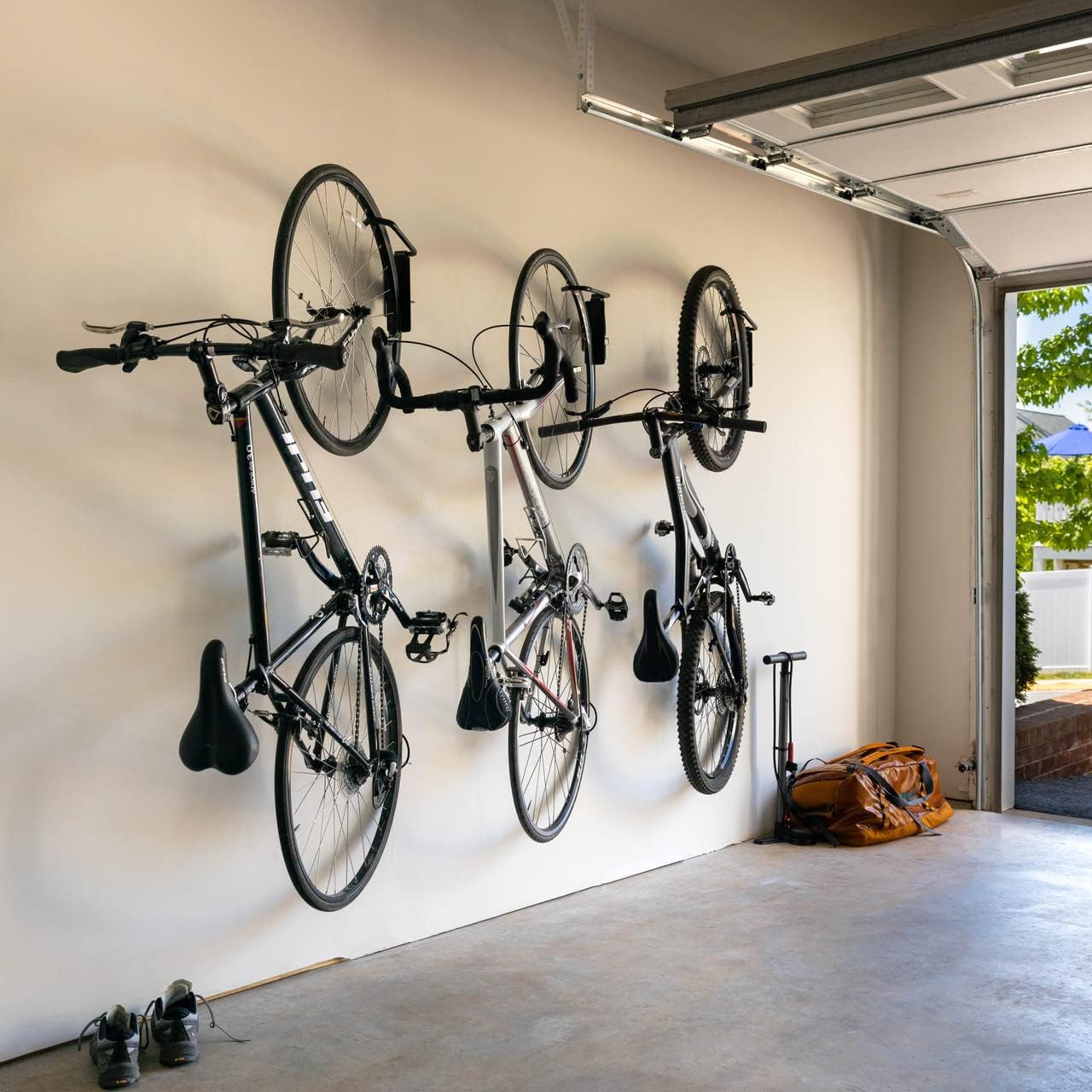
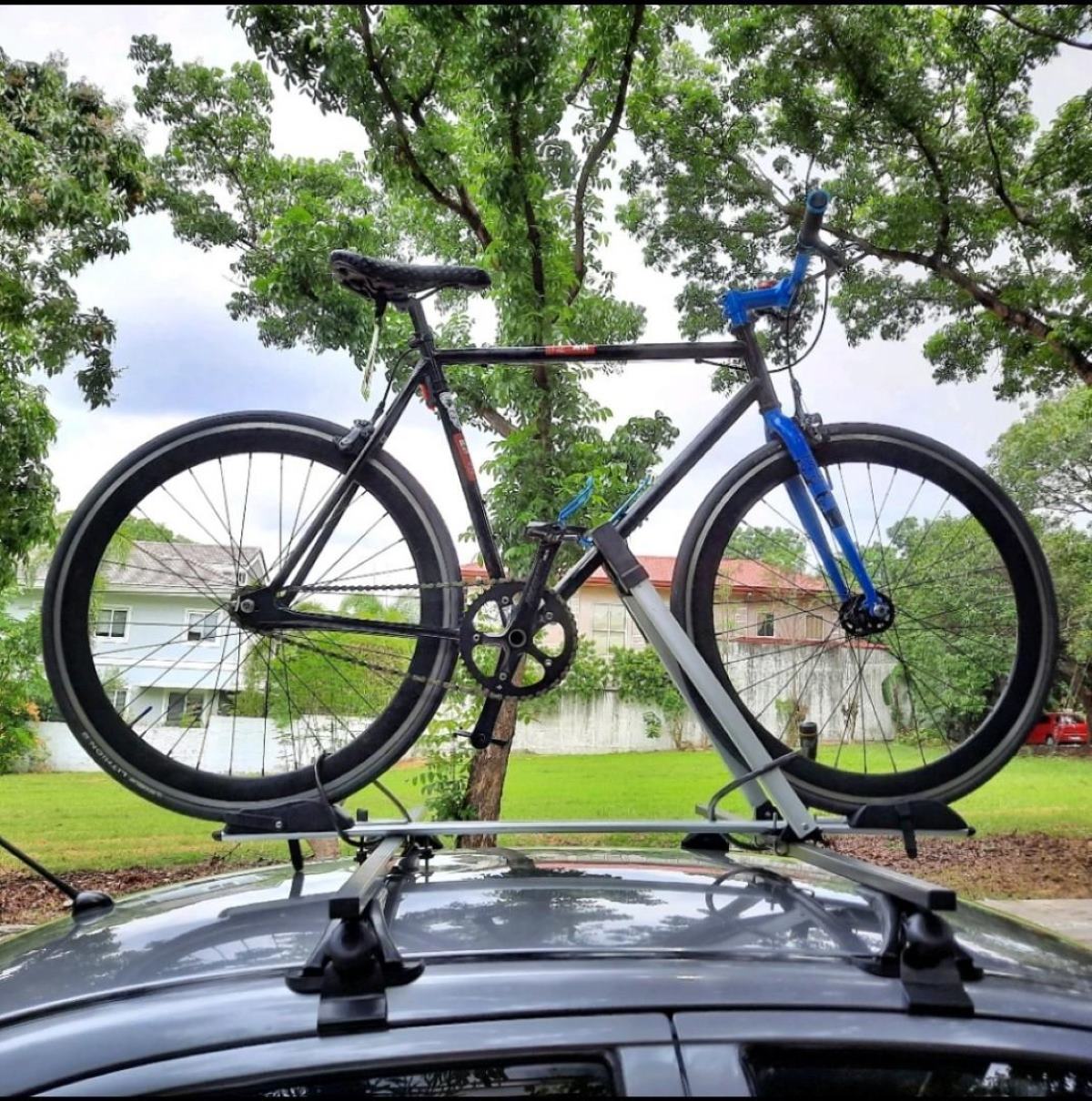


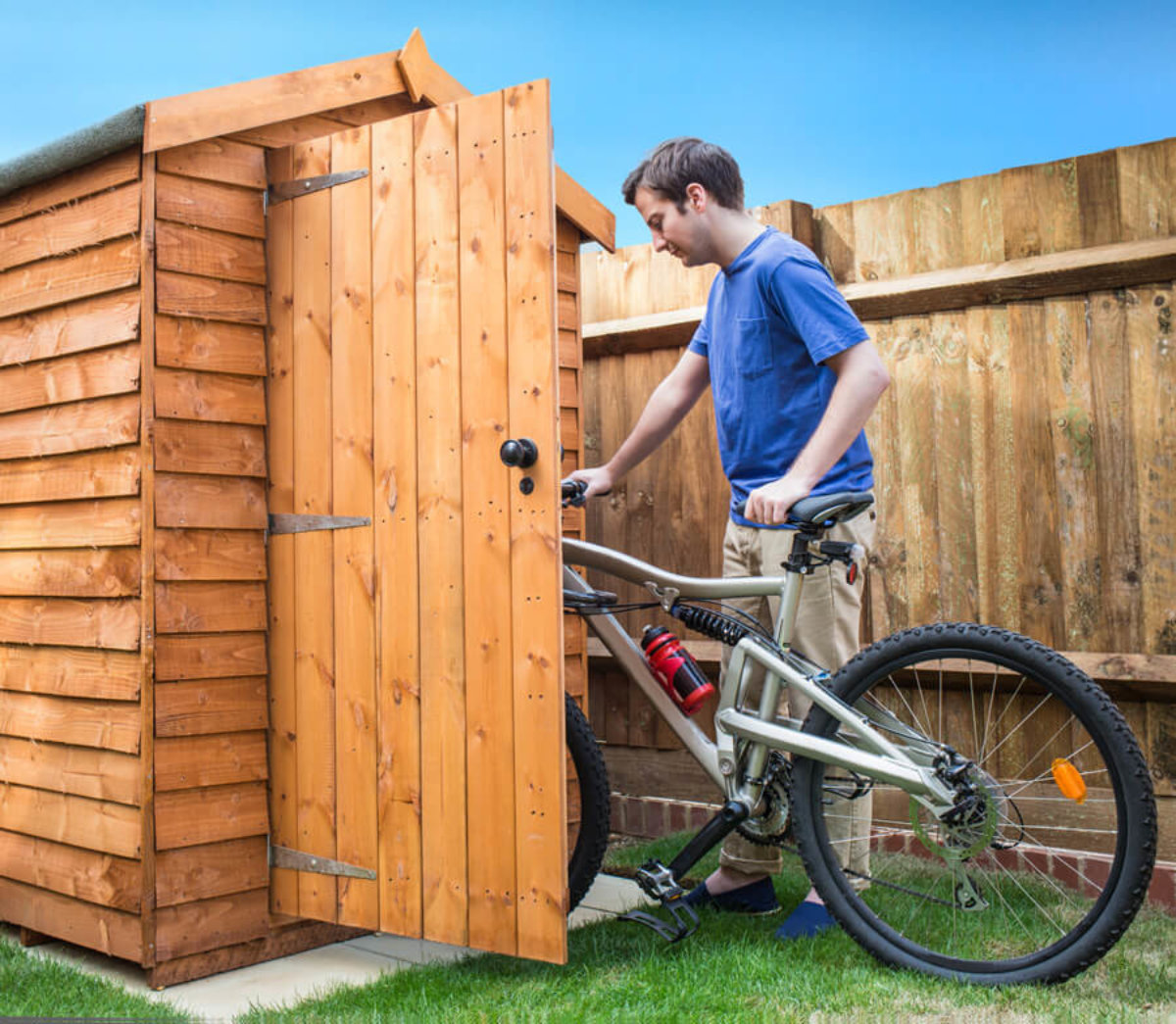
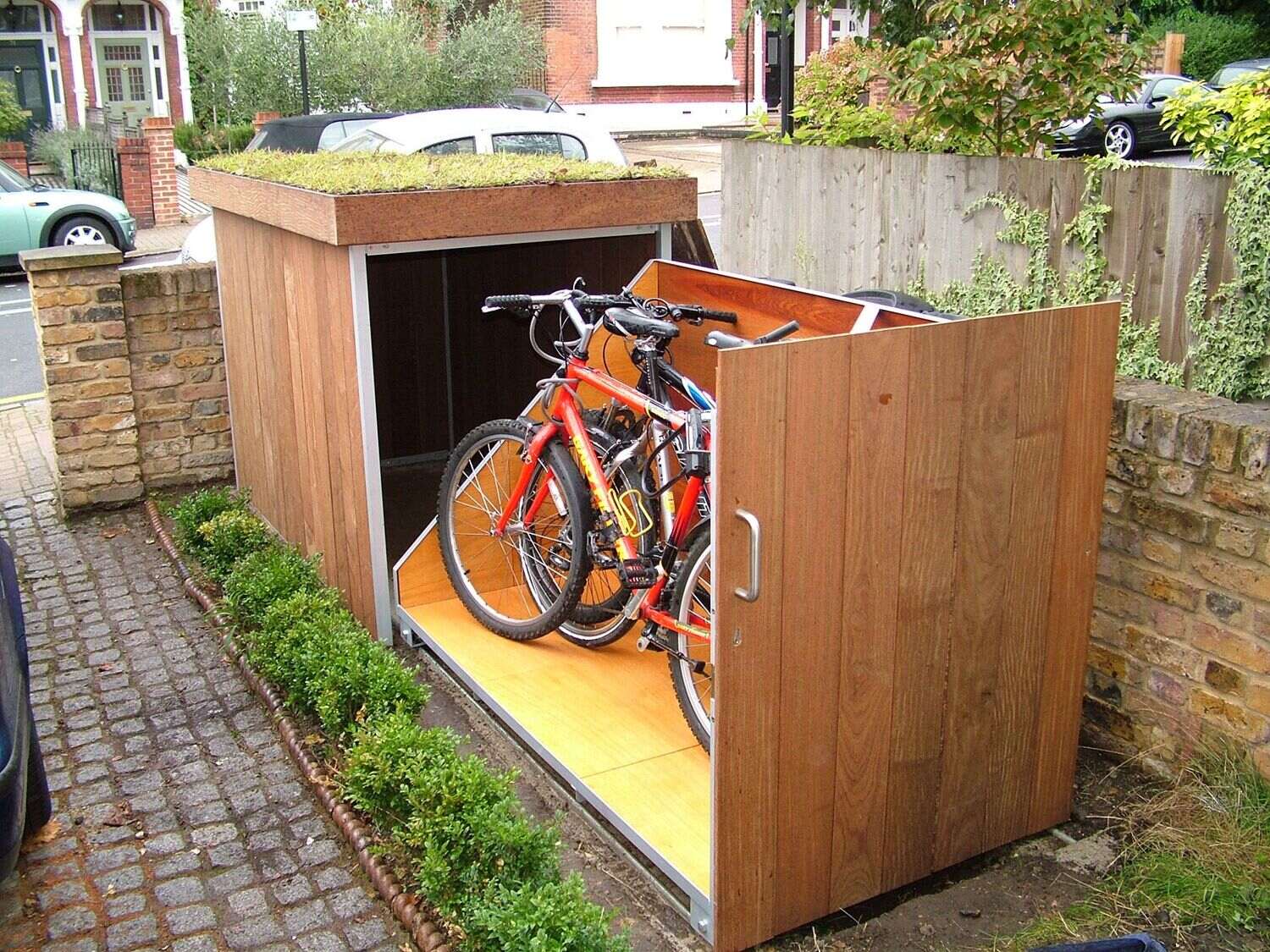
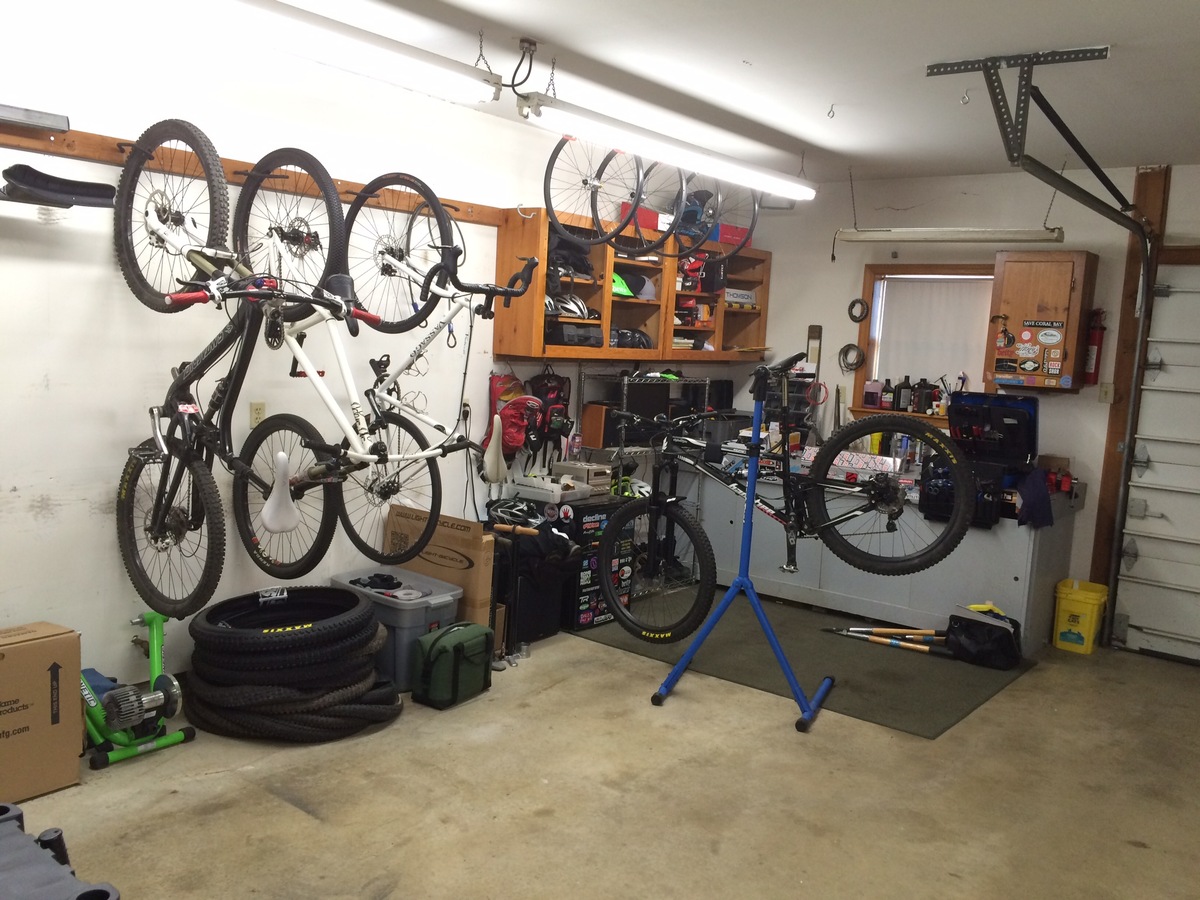
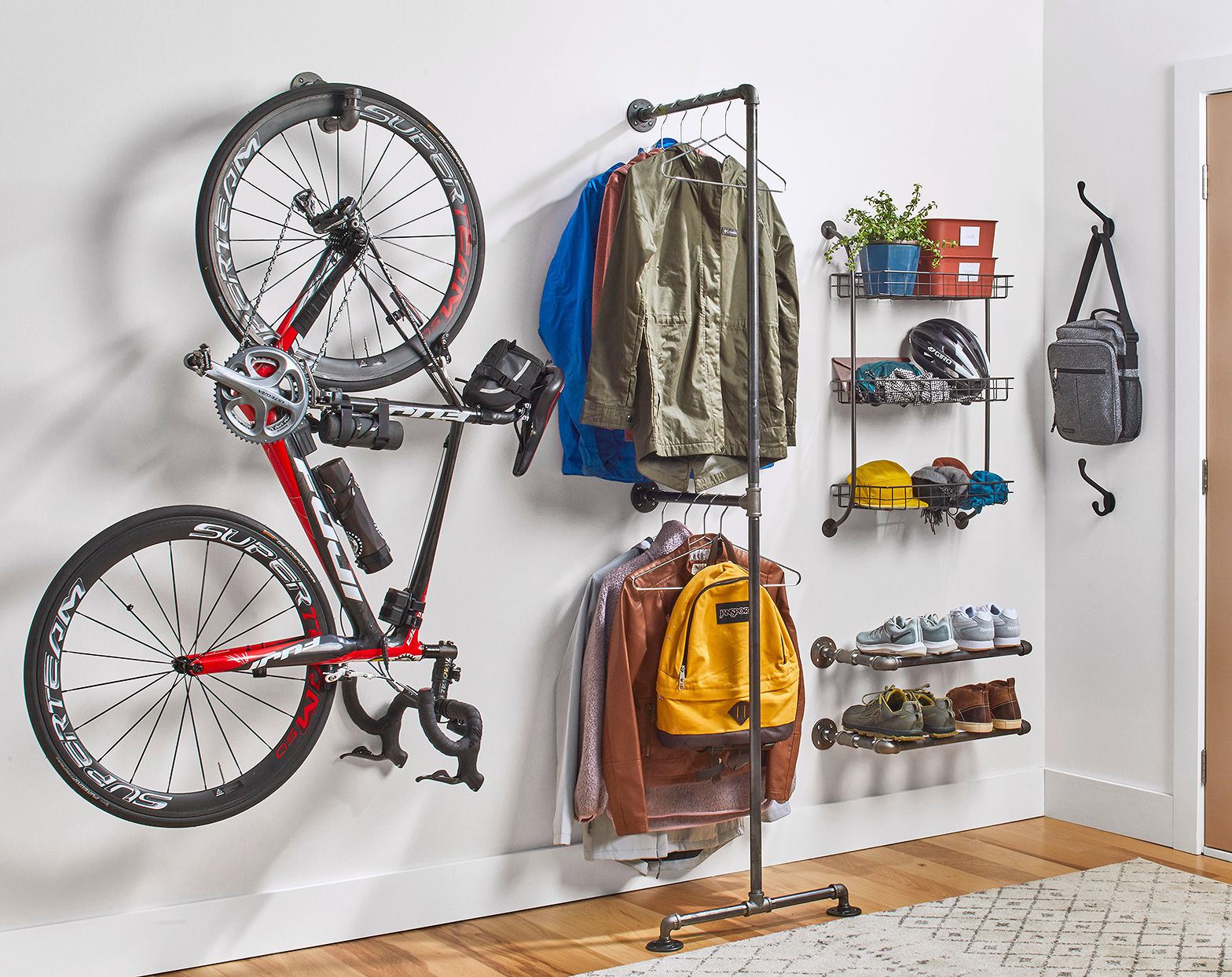
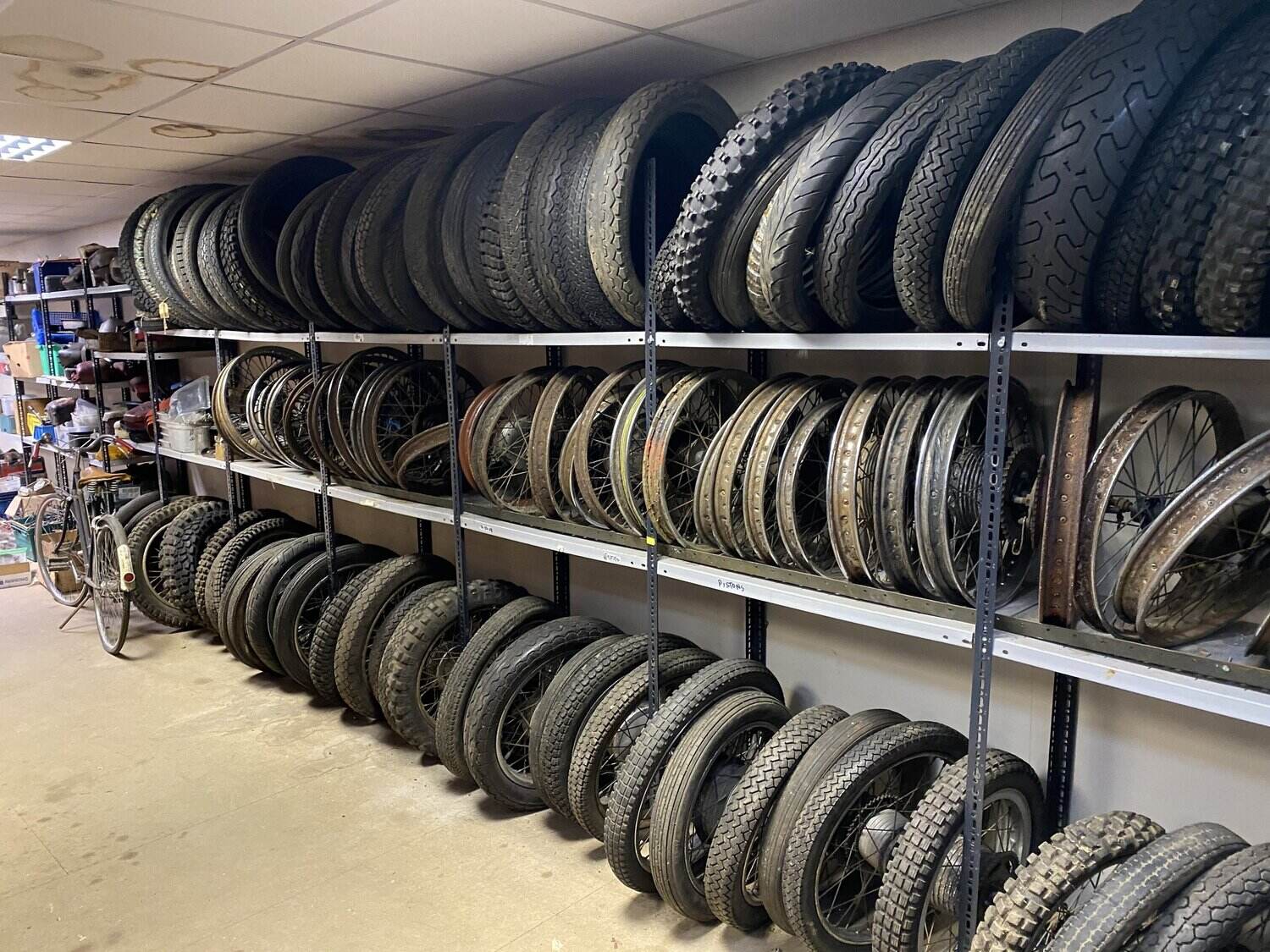
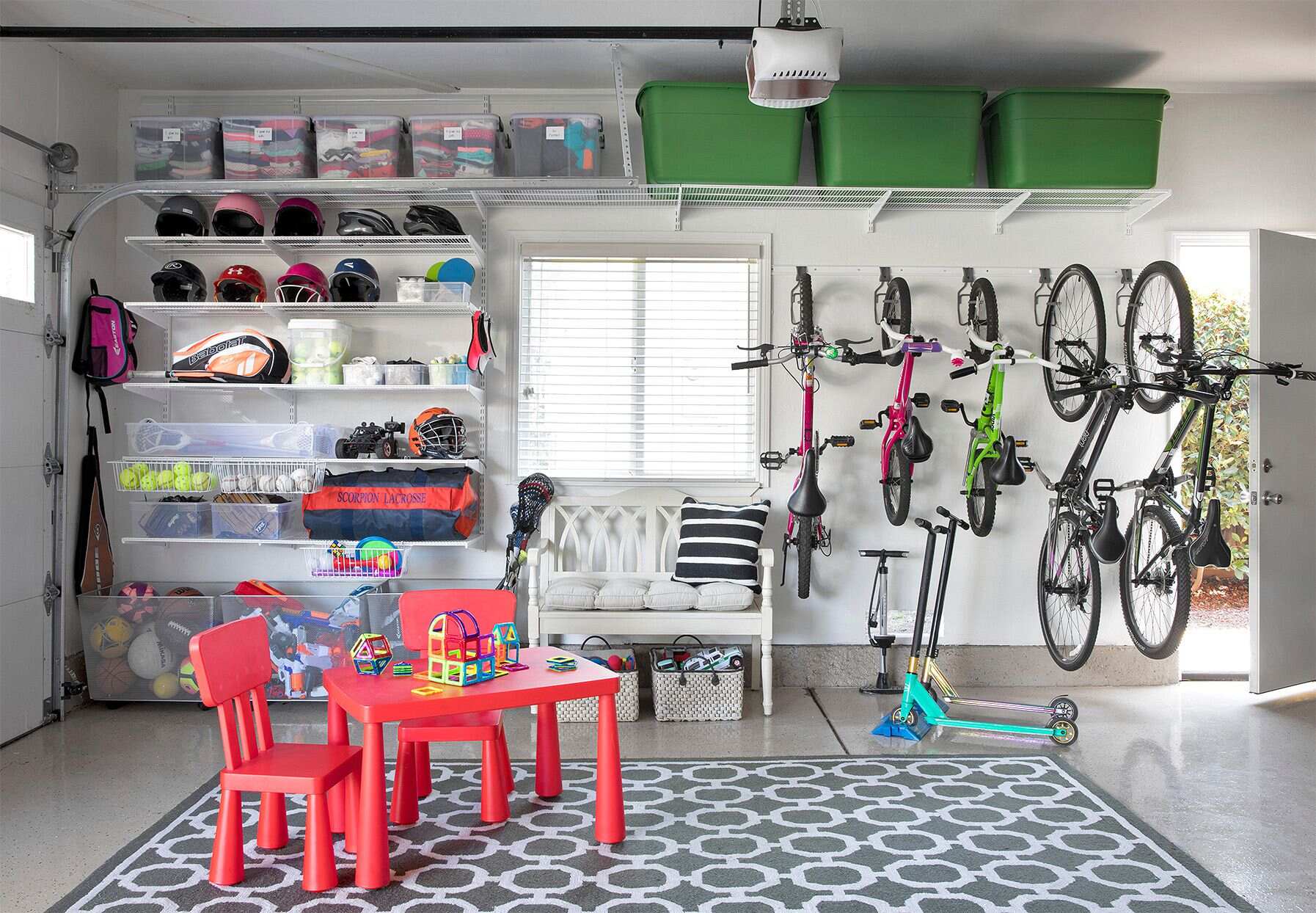
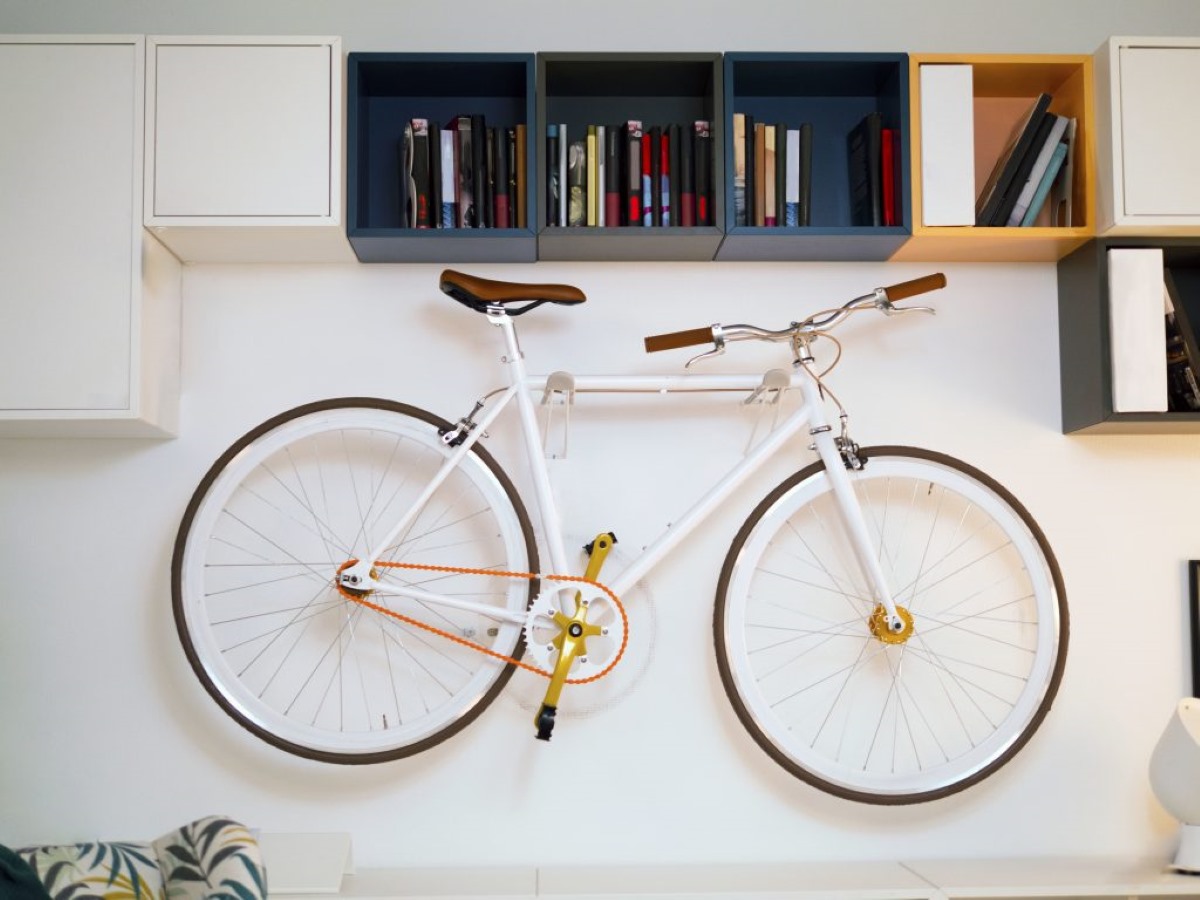
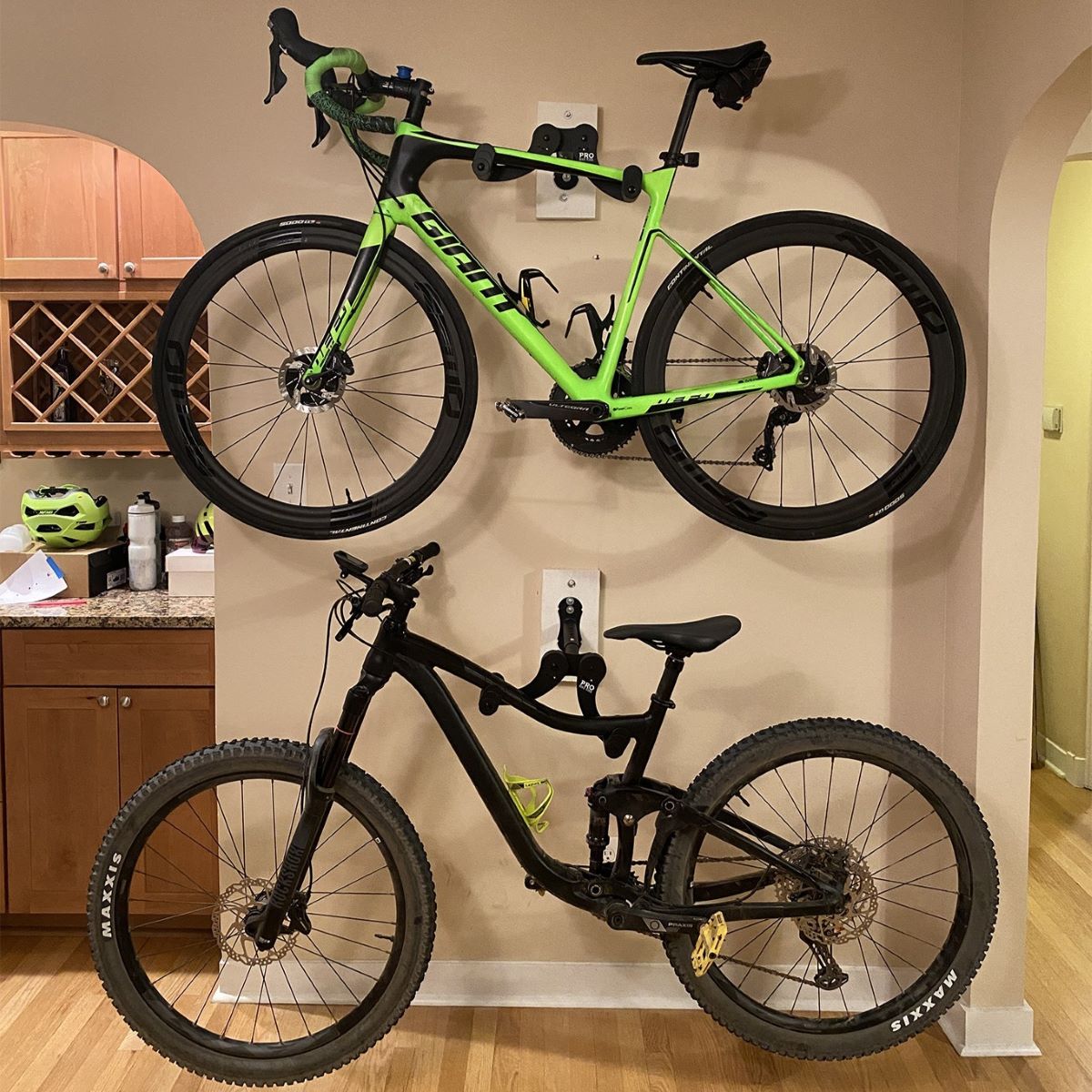

0 thoughts on “How To Store Bike Rack”